Flamingos, with their striking pink plumage and elegant stature, are a captivating sight. These wading birds are easily recognizable, but Where Do Flamingos Live? Their habitats are as unique as their appearance, spanning across the globe in specific environments that cater to their specialized needs. Let’s dive into the fascinating world of flamingo habitats and discover where these vibrant birds call home.
Flamingos belong to the family Phoenicopteridae and are found in various parts of the world. There are six distinct species, each with slightly different geographical distributions, contributing to the answer to “where do flamingos live”. Four species are native to the Americas, while the other two inhabit regions of Africa, Asia, and Europe. This widespread distribution showcases the adaptability of flamingos to diverse, yet specific, environments.
 Two flamingos standing in shallow water, one dipping its head to feed, showcasing their natural habitat
Two flamingos standing in shallow water, one dipping its head to feed, showcasing their natural habitat
Habitats Around the Globe
Flamingo habitats are characterized by lagoons and large, shallow lakes. These aquatic environments often share a common trait: salinity. Flamingos thrive in salty, alkaline waters that are often inhospitable to many other animal species. This unique preference for saline habitats is a key factor in understanding where flamingos live. These waters, while harsh for many, are rich in the algae, diatoms, and small crustaceans that form the cornerstone of a flamingo’s diet.
Flamingo Distribution by Species: Pinpointing “Where Do Flamingos Live”
To understand precisely where flamingos live, it’s helpful to look at the distribution of each of the six species:
- American or Caribbean Flamingo (Phoenicopterus ruber): As its name suggests, this species is found in the Americas, specifically in the Caribbean islands, Mexico, and the northern tip of South America. They favor coastal lagoons and large salt lakes in these regions.
 A close up of a flamingo's pink feathers showing the vibrant coloration derived from their diet within their habitat.
A close up of a flamingo's pink feathers showing the vibrant coloration derived from their diet within their habitat.
-
Greater Flamingo (Phoenicopterus roseus): This is the most widespread flamingo species. Where do Greater Flamingos live? Their range extends across parts of Africa, the Middle East, and even into Southern Europe and India. They inhabit large alkaline and saline lakes, mudflats, and coastal lagoons.
-
Lesser Flamingo (Phoeniconaias minor): Predominantly found in Africa, the Lesser Flamingo also has populations in India and the Middle East. They are often seen in vast numbers around alkaline lakes in the East African Rift Valley.
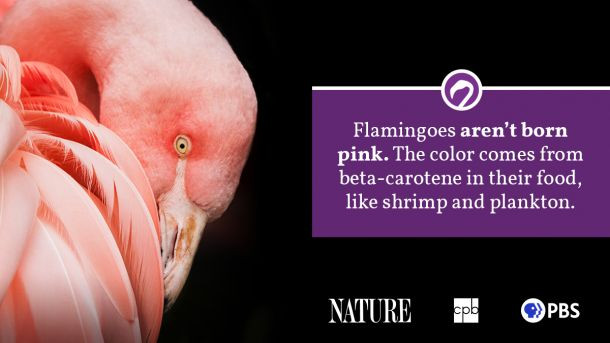 A group of flamingos wading in a lake, displaying their long necks and legs adapted to their shallow water habitat.
A group of flamingos wading in a lake, displaying their long necks and legs adapted to their shallow water habitat.
-
Chilean Flamingo (Phoenicopterus chilensis): Where do Chilean Flamingos live? True to their name, they are native to South America, inhabiting Chile, Peru, Bolivia, Argentina, and Paraguay. They prefer alkaline lakes and lagoons, including those in high-altitude areas.
-
Andean Flamingo (Phoenicoparrus andinus): This species is adapted to the harsh conditions of the high Andes Mountains in South America. Their habitat includes high-altitude salt lakes in the Andes of Argentina, Bolivia, Chile, and Peru.
-
Puna or James’s Flamingo (Phoenicoparrus jamesi): Similar to the Andean Flamingo, the Puna Flamingo is also found in the high Andes. Where do Puna Flamingos live specifically? Their range overlaps with the Andean Flamingo, inhabiting high-altitude salt lakes primarily in Argentina, Bolivia, and Chile.
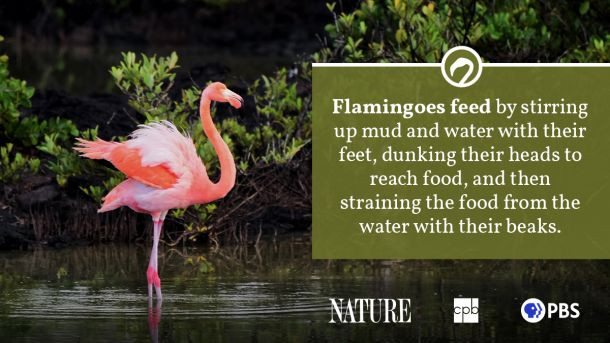 Flamingos feeding with their heads submerged in water, showcasing their unique feeding method in their natural lake habitat.
Flamingos feeding with their heads submerged in water, showcasing their unique feeding method in their natural lake habitat.
Why These Locations? The Flamingo Habitat Niche
The selection of where flamingos live is dictated by a few critical factors. Their specialized diet of algae and small crustaceans thrives in saline and alkaline waters. These environments, while seemingly barren, provide a rich food source with less competition from other bird species. The salty nature of these habitats also offers a degree of protection from predators for adult flamingos. While chicks can be vulnerable, the remote and often harsh conditions of their chosen habitats deter many predators from establishing themselves in these areas.
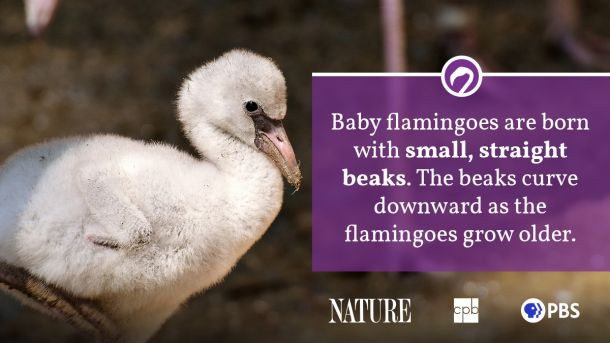 A wide landscape shot of a flamingo habitat showing a vast shallow lake and distant land, illustrating the typical environment where flamingos are found.
A wide landscape shot of a flamingo habitat showing a vast shallow lake and distant land, illustrating the typical environment where flamingos are found.
Threats to Flamingo Habitats
While adult flamingos face few natural predators in their specialized habitats, the greatest threat to flamingo populations comes from habitat loss and degradation, largely due to human activities. Expansion of human infrastructure, agriculture, and water diversion projects can significantly impact the delicate ecosystems that flamingos depend on. Pollution, including lead poisoning, also poses a threat in some regions. Conservation efforts are crucial to protect these unique habitats and ensure that future generations can continue to witness these magnificent birds in their natural homes.
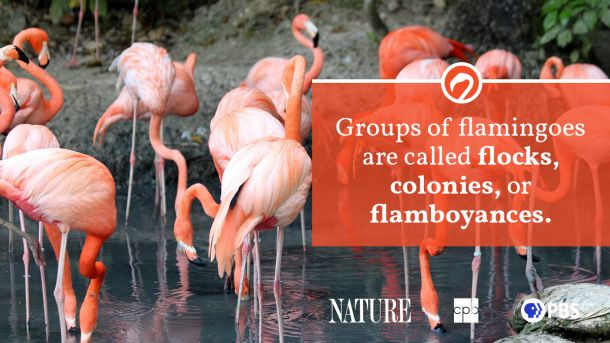 A flamingo parent and chick in their nest made of mud, highlighting the breeding habitat and early life stage of flamingos.
A flamingo parent and chick in their nest made of mud, highlighting the breeding habitat and early life stage of flamingos.
Conclusion: Appreciating Flamingo Habitats
Understanding where flamingos live reveals the fascinating adaptations of these birds to specific and often challenging environments. From the high altitudes of the Andes to the salty lagoons of the Caribbean and the alkaline lakes of Africa, flamingos have carved out a niche in diverse locations around the world. Recognizing the importance of these habitats is essential for the ongoing conservation of these iconic and beautiful birds.
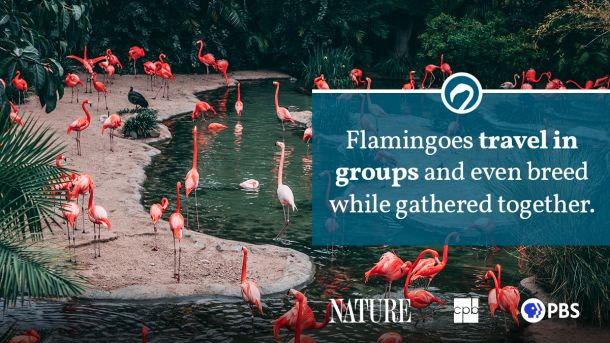 A large flock of flamingos gathered closely together, showing their social behavior and colony living in their natural habitat.
A large flock of flamingos gathered closely together, showing their social behavior and colony living in their natural habitat.
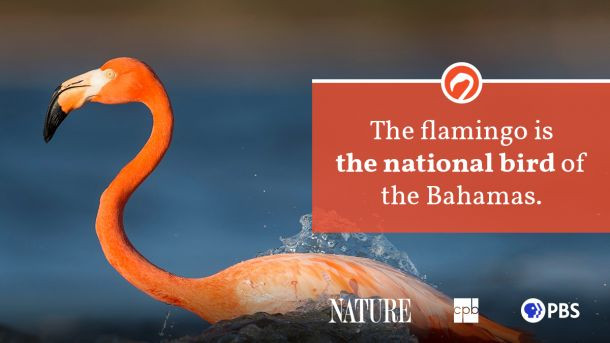 A single flamingo standing in a shallow lake at sunset, emphasizing the serene beauty of a flamingo in its natural setting.
A single flamingo standing in a shallow lake at sunset, emphasizing the serene beauty of a flamingo in its natural setting.
*Source: San Diego Zoo, IUCN’s Red List
